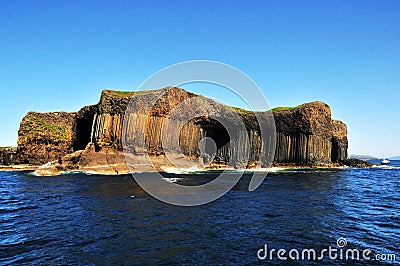Find results that contain all of your keywords. Content filter is on.
Search will return best illustrations, stock vectors and clipart.
Choose orientation:
Make it so!
You have chosen to exclude "" from your results.
Choose orientation:
Explore cartoons & images using related keywords:
background
basalt
cave
crystal
diolerite
fingals
geologic
hebrides igneous lava mineral obsidian rock rocks sand scotland sea silica staffa volcanic starffa island inner mull uk blue sky atlantic ocean waves shore shoreline argyll bute columns column pillar pillars cliff cilffs caves cavernStaffa Island, Inland, Inner-Hebrides, Near Mull, Argyll And Bute, Scotland ,UK Stock Photo
Designed by
Title
Staffa Island, Inland, Inner-Hebrides, Near Mull, Argyll and Bute, Scotland ,UK #32142810
Description















